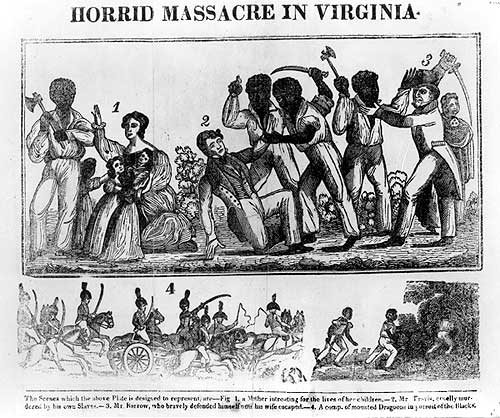READ: Slavery and Abolition
| Site: | Mountain Heights Academy OER |
| Course: | English US History 8 Q3 |
| Book: | READ: Slavery and Abolition |
| Printed by: | Guest user |
| Date: | Wednesday, 23 July 2025, 3:11 PM |
Description
Reform
Abolition
Abolition
By 1820, although racial discrimination against African Americans remained, slavery had largely ended in the North. Many northerners and some southerners took up the cause of abolition, a campaign to abolish slavery immediately and to grant no financial compensation to slave-owners. As most slaves were held in southern states, abolition was a significant issue that led to growing hostility between northerners and southerners. Prominent abolitionists included African Americans, whites, men, and women. Among the most notable were:
- William Lloyd Garrison, a writer and editor, was an important white abolitionist. He founded regional and national abolitionist societies and published an antislavery newspaper that printed graphic stories of the bad treatment received by slaves.
- Frederick Douglass, a former slave, worked for Garrison and traveled widely, giving eloquent speeches on behalf of equality for African Americans, women, Native Americans, and immigrants. He later published autobiographies and his own antislavery newspaper.
- The Grimke sisters, Sarah and Angelina, were southern women who lectured publicly throughout the northern states about the evils of slavery they had seen growing up on a plantation. Their public careers began when Garrison published a letter from Angelina in his newspaper.
Slavery as a Major Political Issue
Most white southerners opposed abolition. White writers and public speakers argued slavery was a necessary part of life in the South. The southern economy, they said, was based on large-scale agriculture that would be impossible to maintain without slave labor. They also boasted that southern white culture was highly sophisticated and said it was made possible by the plantation economy.
Missouri Compromise of 1820
Another proslavery argument claimed slaves were treated well and lived better lives than factory workers in the North. In fact, some whites said they provided better lives for slaves than free blacks were able to provide themselves.
When settlers in the slaveholding Missouri Territory sought statehood, proslavery and antislavery politicians made slavery a central issue in national politics.

Missouri Compromise of 1820
The state constitution proposed by Missouri allowed slavery. Because half the states in the union allowed slavery while the other half did not, statehood for Missouri would upset the U.S. Senate's equal balance between proslavery and antislavery senators. This issue was resolved when Congress passed the Missouri Compromise. This said Maine would be admitted to the Union as a free state, Missouri would be admitted as a slave state, and slavery would be prohibited in the northern part of the Louisiana Purchase except for Missouri. Once again, half the states would allow slavery while the other half did not, and the Senate would retain its equal balance between proslavery and antislavery senators-until the next state asked to enter the Union.
Slave Resistance
Nat Turner

African American preacher Nat Turner believed his mission on Earth was to free his people from slavery. Seeing an 1831 solar eclipse as a message from above, he led a slave rebellion on four Virginia plantations.
- About 60 whites were killed, and Turner was captured, tried, and executed.
- To stop such uprisings, white leaders passed new laws to limit the activities of slaves and to strengthen the institution of slavery.
Compromise of 1850
Compromise of 1850
During the 1840s, many members of Congress became increasingly concerned that the issue of slavery, especially its extension into new states, threatened the survival of the nation. Those who favored slavery and those who opposed slavery therefore agreed to five laws that addressed these concerns. Collectively, the five laws are known as the Compromise of 1850. This compromise stated:

Many northerners and southerners welcomed the passage of the Compromise of 1850 and hoped that it would preserve the Union. Their hopes were dashed about a decade later when the United States became engaged in a devastating civil war.